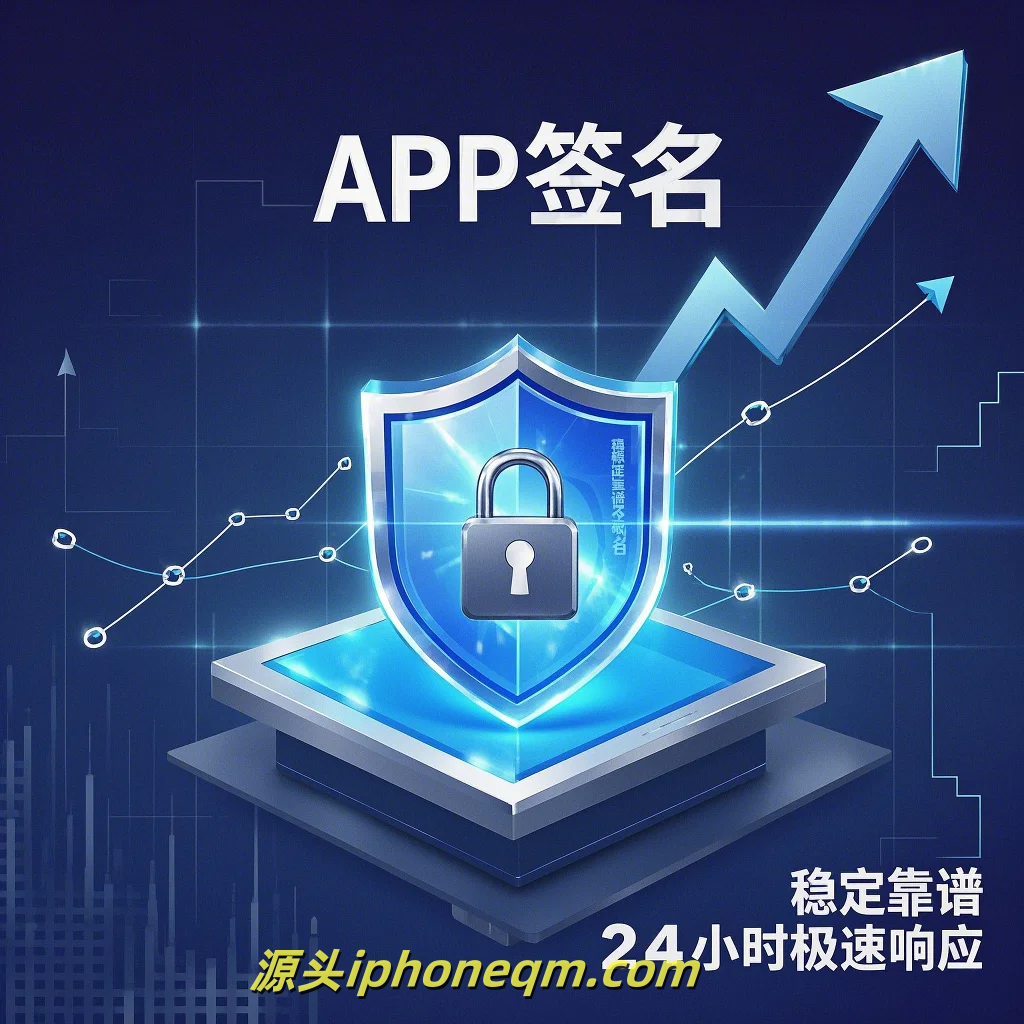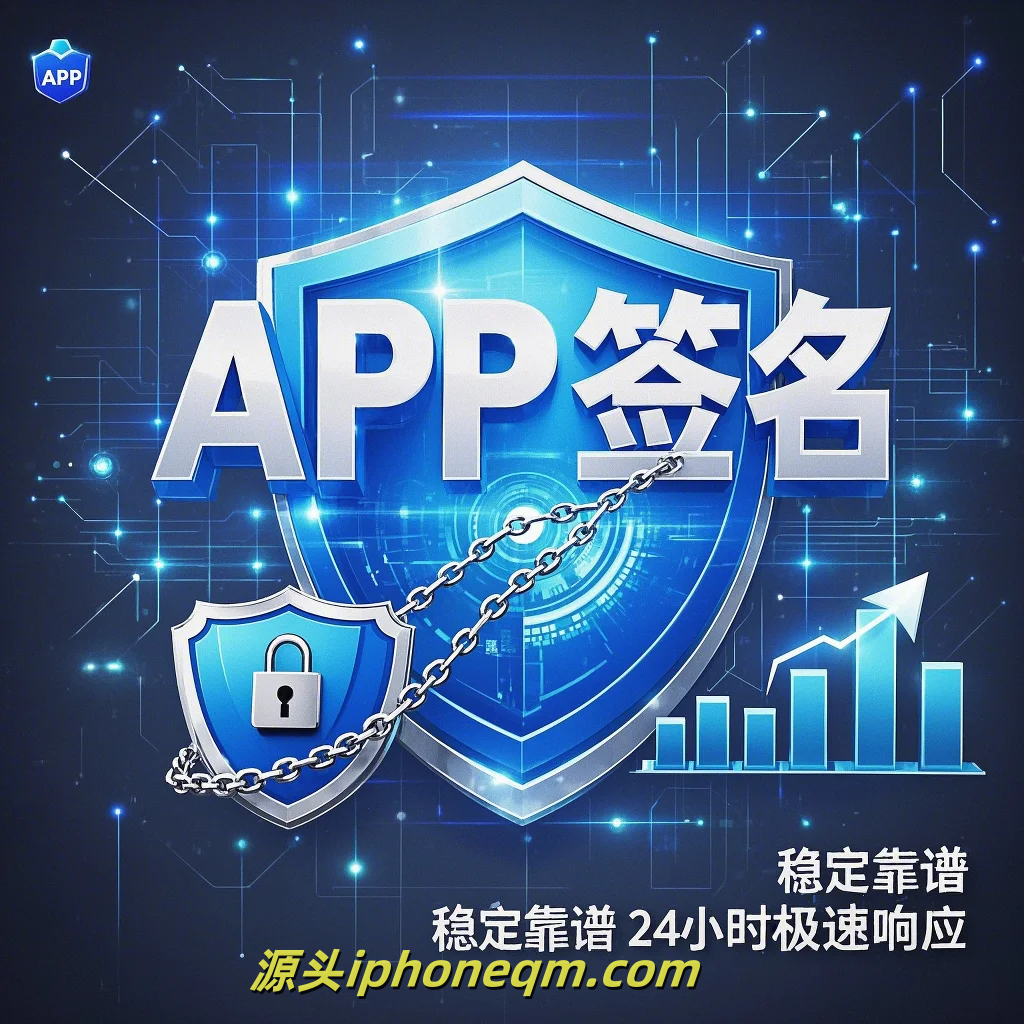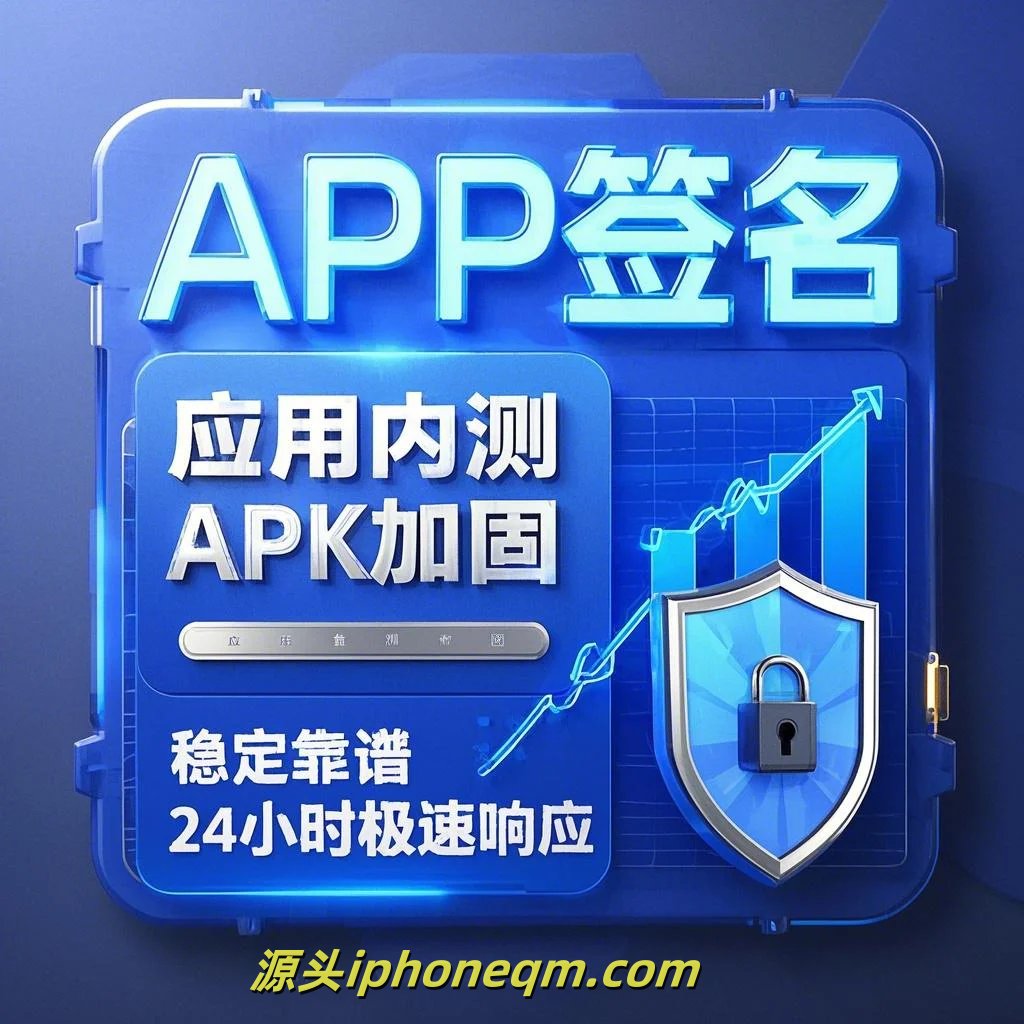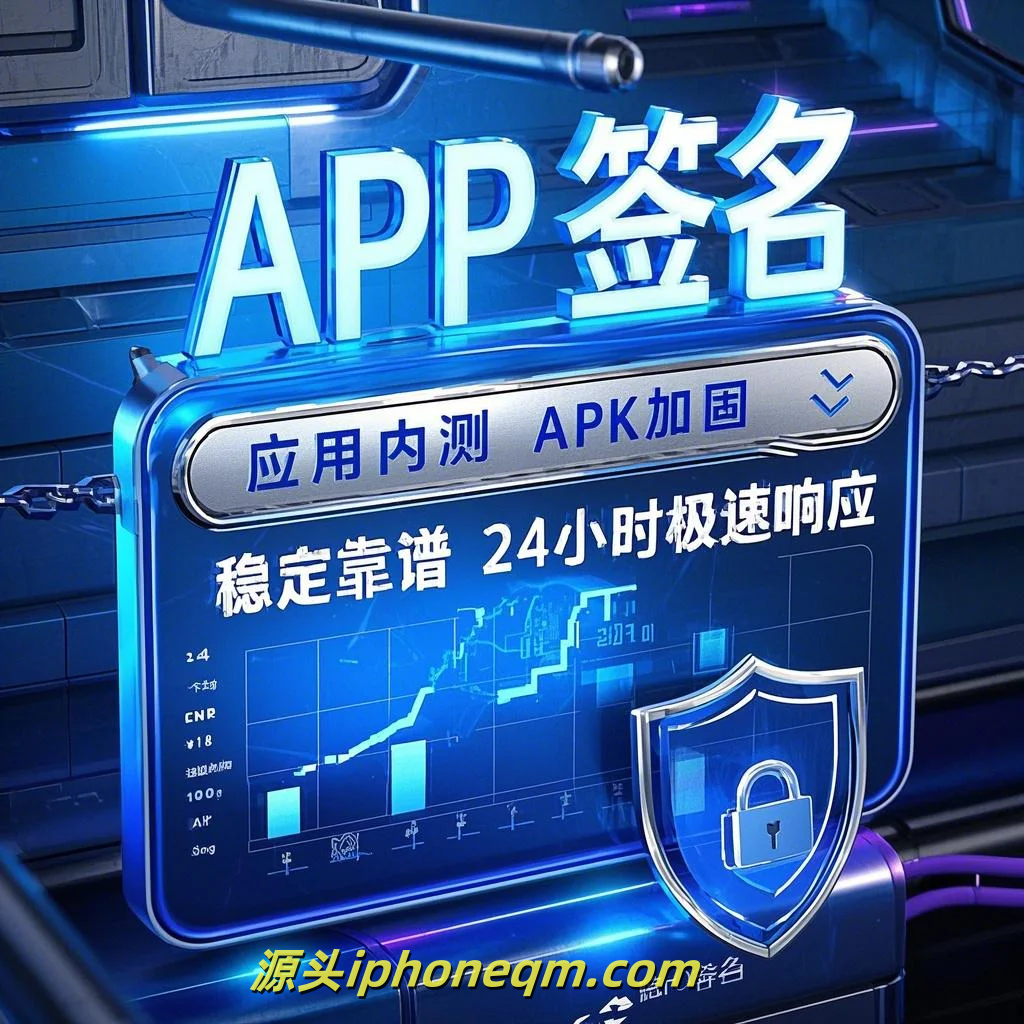Navigating the Complexities of iOS Signing
When it comes to developing applications for iOS, one of the most critical aspects is understanding the intricacies of the iOS signing process. This is particularly important for developers eager to bring their apps to the Apple ecosystem. Whether you are a seasoned developer or just starting, getting a handle on iOS signing is essential for success.
iOS signing is essentially Apple's way of ensuring that only trusted apps can run on their devices. This process involves obtaining a unique digital signature, which serves as a form of identification for your app. Before an iOS app can be installed on an iPhone or iPad, it must be signed with a valid code signing certificate. This means that if you plan to distribute your app through the App Store or even to a limited audience via ad hoc distribution, understanding how to navigate iOS signing is imperative.
The first step in the iOS signing process is the creation of an Apple Developer account. This account is essential for getting access to various tools, resources, and signing certificates needed for your app. Once you have your developer account set up, the next step is to create or obtain an App ID, which is a unique identifier for your application. The App ID will link your app to the entitlement features you plan to use.
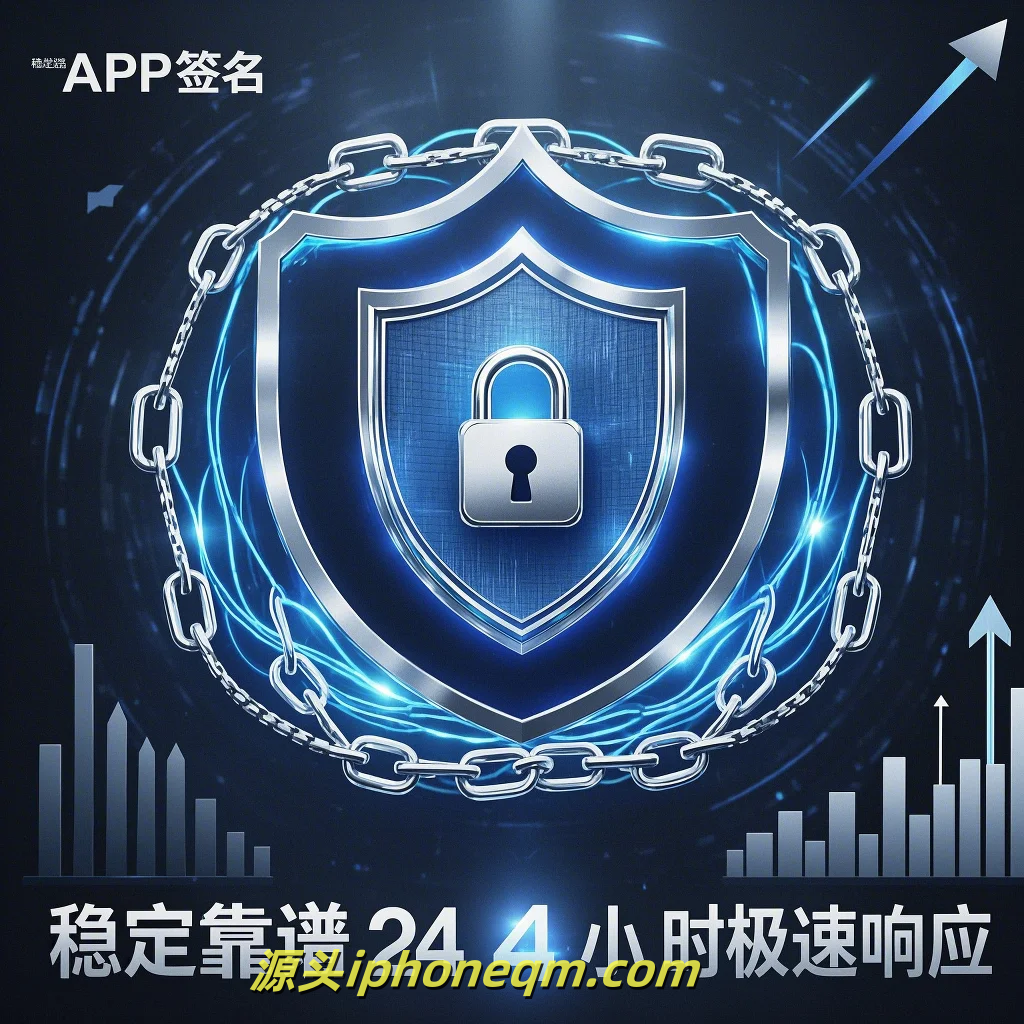
Next comes the creation of the provisioning profile. Provisioning profiles are critical because they establish a connection between your App ID, your signing certificate, and the devices on which you wish to test or distribute your application. Depending on your distribution method, you will need to choose between development, distribution, and ad hoc provisioning profiles. Each has specific use cases and limitations, so it’s essential to choose the right one.
Once you have all these elements in place, the actual signing process can begin. During this phase, Xcode automates much of the work by selecting the correct provisioning profile and signing certificate for your project. However, errors can occur during the signing process if your provisioning profile is not properly set up or if there are discrepancies in your project settings. Common issues include expired certificates, mismatched App IDs, and invalid provisioning profiles, which can lead to frustrating build failures.
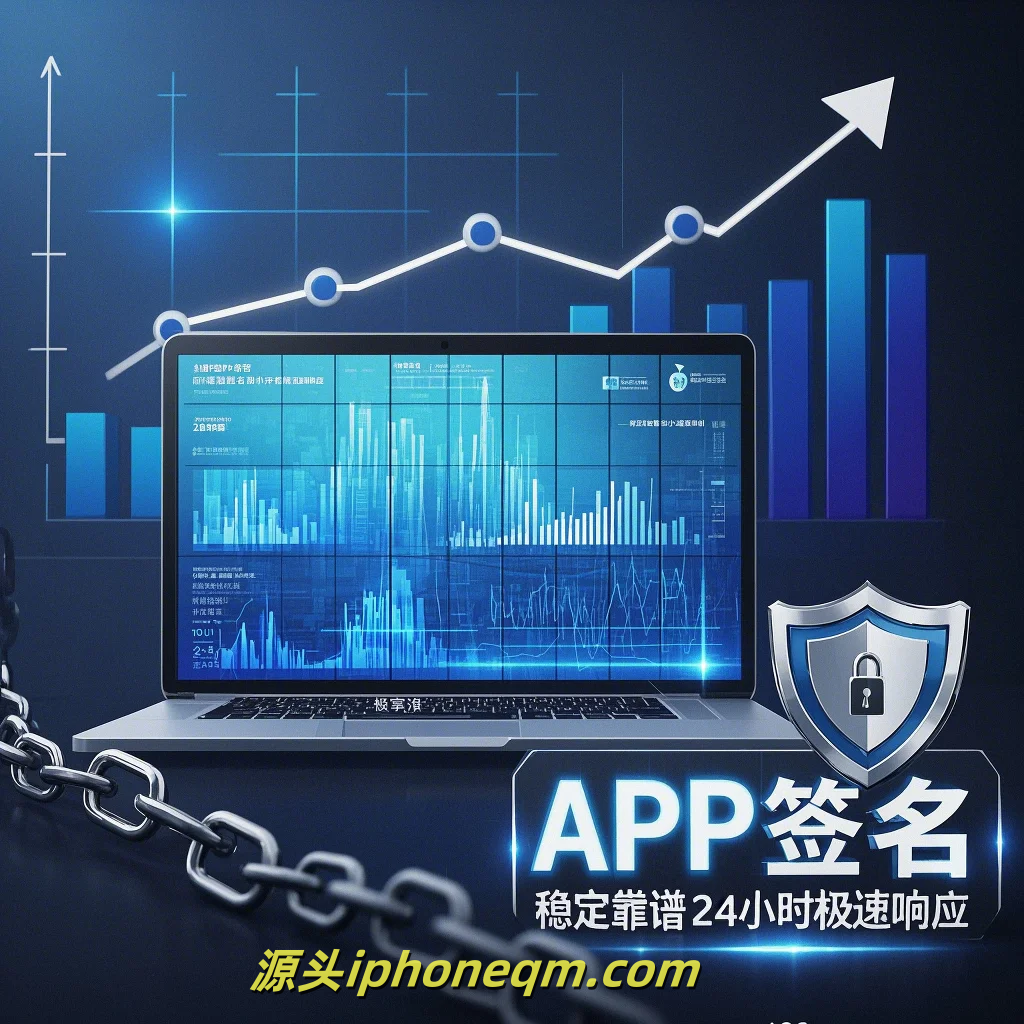
After successfully signing your app, you get to the distribution phase. If you are distributing your app through the App Store, you will follow additional steps to prepare your app for submission. This includes creating app store screenshots, setting a price, and filling out necessary metadata. You will also need to auto-sign your app with a Distribution Provisioning Profile. It's crucial to test your app rigorously before submitting it to ensure that everything works as expected.
For developers looking to deploy apps internally or to a limited audience, ad hoc distribution offers a workaround. With ad hoc provisioning profiles, it's possible to test your application on a select group of devices. However, keep in mind that this approach still requires meticulous attention to the signing process, including adding the UDIDs of target devices to your provisioning profile.
In summary, navigating the complexities of iOS signing encompasses several steps: from obtaining an Apple Developer account, creating an App ID, configuring provisioning profiles, to signing and distributing the application. It can be challenging, but mastering this process is essential for anyone looking to develop and distribute iOS applications. By understanding these complexities, developers can avoid common pitfalls and ensure their apps reach users effectively. With a bit of patience and practice, navigating iOS signing can become a straightforward part of your development workflow.
扫描二维码推送至手机访问。
版权声明:本文由MDM苹果签名,IPA签名,苹果企业签名,苹果超级签,ios企业签名,iphoneqm.com发布,如需转载请注明出处。

